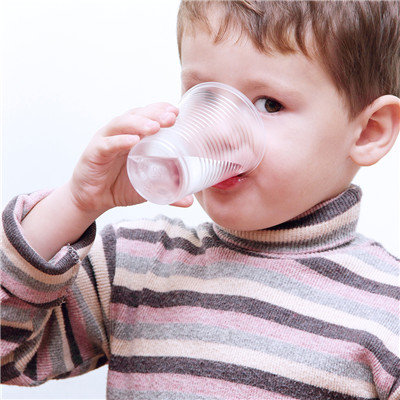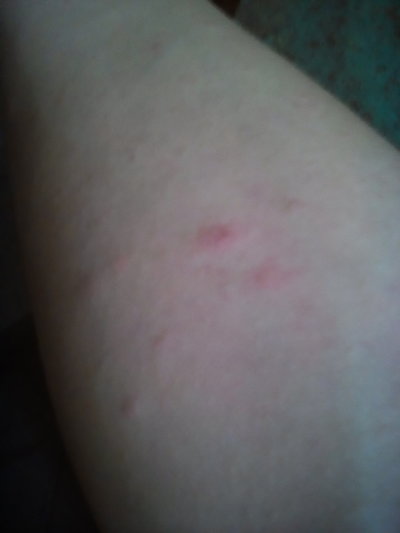How should liver cancer ascites be treated
summary
We are very afraid of liver cancer. Once it occurs, it will lead to a lot of complications, especially in the later stage. Many patients will have diarrhea, which will easily lead to abdominal distension and dyspnea. Therefore, we should pay attention to some treatment methods. So how to treat liver cancer after ascites?
How should liver cancer ascites be treated
1。 Discharging ascites can quickly relieve intra-abdominal pressure, relieve the compression symptoms of heart, lung, kidney and gastrointestinal tract, and relieve the pain of patients. But this relief is only temporary, ascites will grow rapidly in a short time, repeated discharge of ascites will lead to a large number of body fluid and protein loss, water electrolyte disorder, orthostatic hypotension, liver coma and other serious consequences, therefore, discharge of ascites can not be used as the preferred treatment. For individual patients, when ascites affects respiratory function, cardiac and renal function, abdominal puncture can be considered to release ascites, so as to reduce intra-abdominal pressure, increase renal blood flow, temporarily improve respiratory function and cardiac and renal function. After discharging ascites, abdominal pressure should be bandaged to prevent sharp decrease of intra-abdominal pressure, hypotension and other adverse reactions. In general, the first drainage should not exceed 800 ml, and the next drainage should be less than 500 ml, and the ascites should be added with albumin.

2。 The ascites reinfusion can not only relieve the sufferings of patients, but also prevent the loss of body fluid and protein, electrolyte disorder and liver coma caused by large amount of ascites; Ascites can also be reinfused after dialysis or ultrafiltration concentration, which can not only retain body protein, improve plasma osmotic pressure, reduce ascites formation, but also increase body effective circulating blood volume, increase glomerular filtration rate, block renin angiotensin aldosterone system activity, inhibit antidiuretic hormone secretion, maintain and correct electrolyte balance in the body. It is better than simple ascites reinfusion. About 5000-10000ml ascites can be extracted within 4-8 hours, concentrated to 500-1000ml by dialysis or ultrafiltration, and then reinfused. Generally, the ascites can be reinfused four times within 2 weeks, which can often achieve good results. Patients with severe cardiac insufficiency, coagulation dysfunction and recent gastrointestinal bleeding should be banned.

3。 Intraperitoneal chemotherapy after proper discharge of ascites, intraperitoneal injection of human anti-tumor drugs can reduce the formation of ascites, maintain a high level of liver and intraperitoneal drugs, and the toxicity is much smaller than the systemic use of the same drugs. It has been reported that the concentration of 5-FU in portal vein is 10-20 times higher than that in peripheral vein. Commonly used drugs are mitomycin. Cisplatin, carboplatin, nitrogen mustard, thiotepa, 5-fluorouracil, doxorubicin, epirubicin, Pingyangmycin, etc.

matters needing attention
In order to control the disease, we need to know more about the treatment method, patients should not worry, more can not blind treatment, do not casually take some diuretic drugs, this will lead to poisoning phenomenon, in this case, should be treated in time, do not delay the treatment time, this will cause life threatening.













